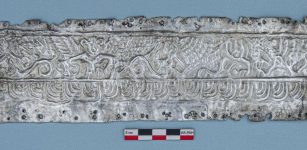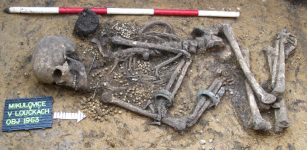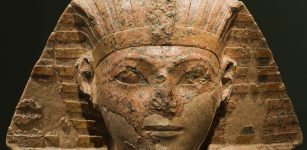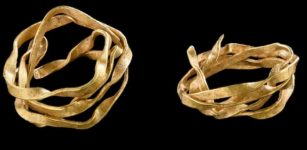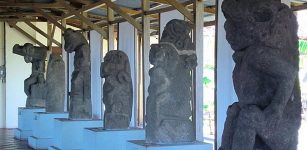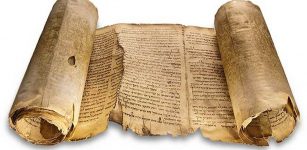Ancient Children Doodles Unearthed In A Medieval Manuscript
MessageToEagle.com – A 14th Century book which originally came from a Franciscan convent in Naples contains several crude doodles and drawings that were made by children. The drawings depict a horse or cow, a human figure and possible images of the devil.
They were probably drawn by children a couple of centuries later as the book found its way into the hands of the children who took to sketching in the margins.
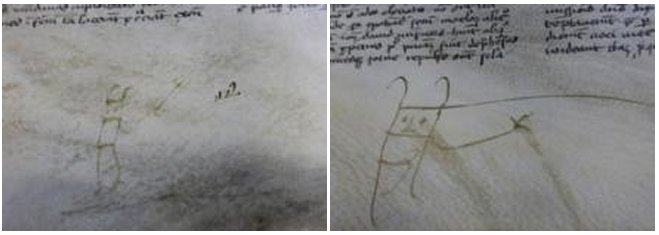
Dr Deborah Thorpe a research fellow at the University of York’s Centre for Chronic Diseases and Disorders discovered the drawing by chance while doing research for another project. She said: “I was looking through a database of medieval manuscripts online and I found images of these beautiful doodles in the margins and to me they looked like they were done by children. I thought ‘this is really interesting, has anyone written anything about this?’”
See also:
‘Oldest Children’s Toy in Europe’ – Late Bronze Age Thracian Toy Stork – Discovered
World’s Oldest Toy Car – Could This 7500-Year-Old Discovery Be The Earliest Evidence Of The Wheel?
Ancient Egyptian Toys And Games In Focus
Dr Thorpe enlisted the help of child psychologists who confirmed they were probably drawn by children aged four to six years old.
“The psychologists came up with a set of criteria for why we could say they were the work of children, for example the elongated shapes, the really long legs and the lack of a torso, the focus on the head.
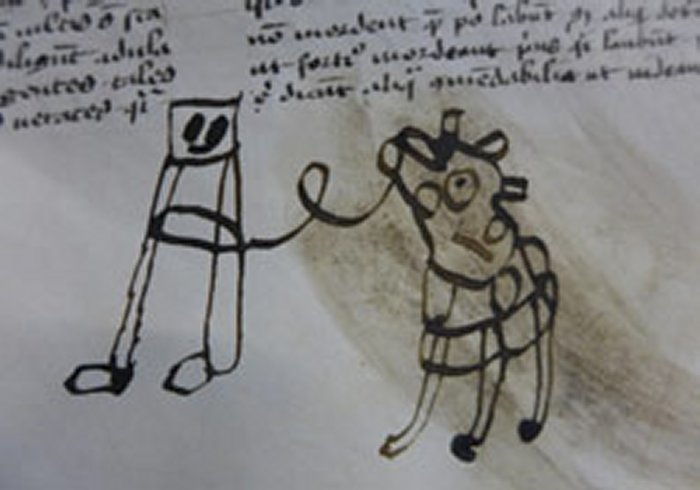
“These are the things that are most important to children. If you compare them with the doodles that children make today they are really similar. It was just a case of detective work really.” “It is striking evidence of interactions between children and books in the medieval period. It shows how children back then enjoyed playing and learning, expressing themselves and allowing their imagination to take off, just like today’s children.”
“Perhaps they were allowed to do it or perhaps they weren’t, it adds another human dimension to a fascinating story.”
MessageToEagle.com


